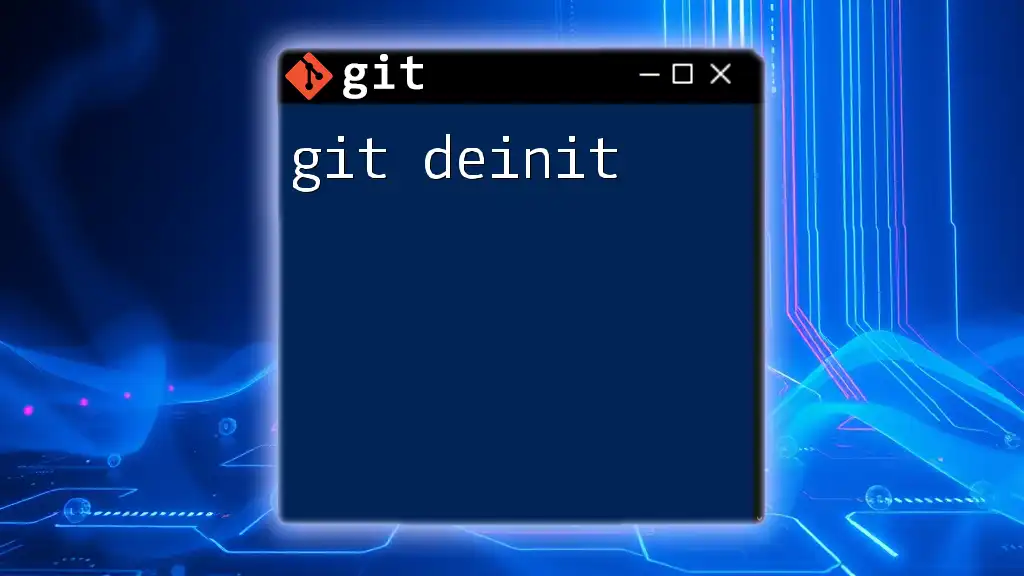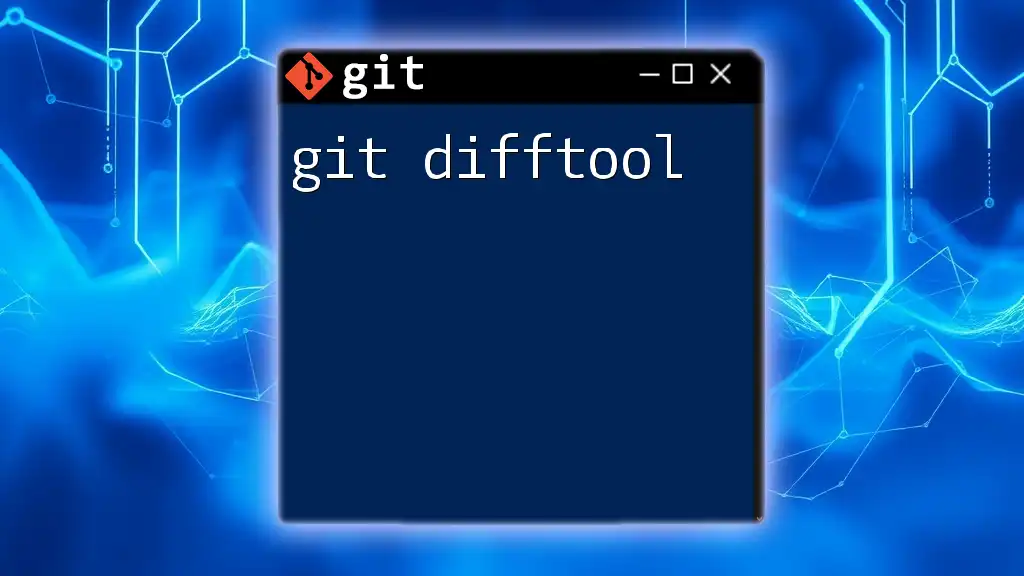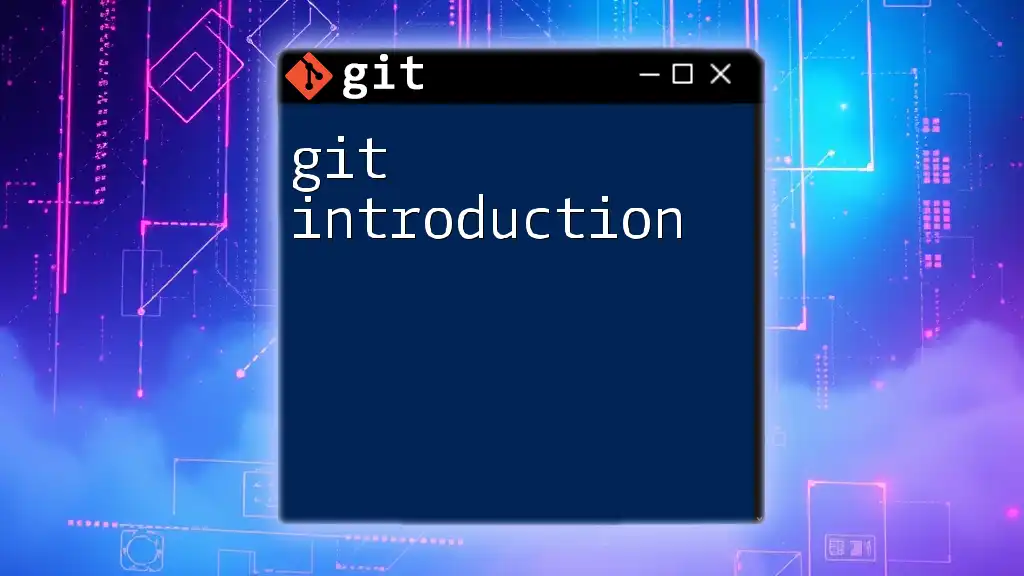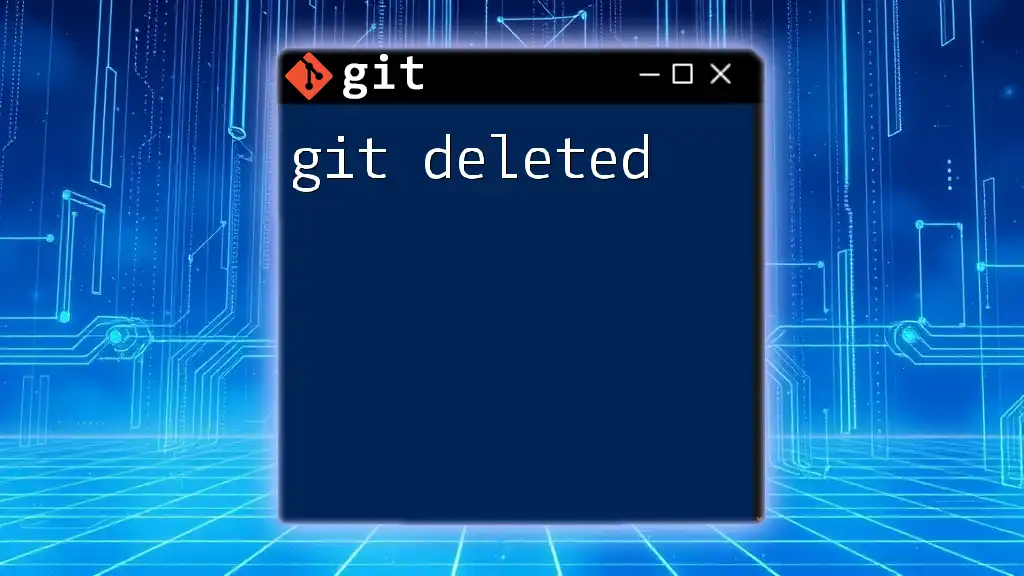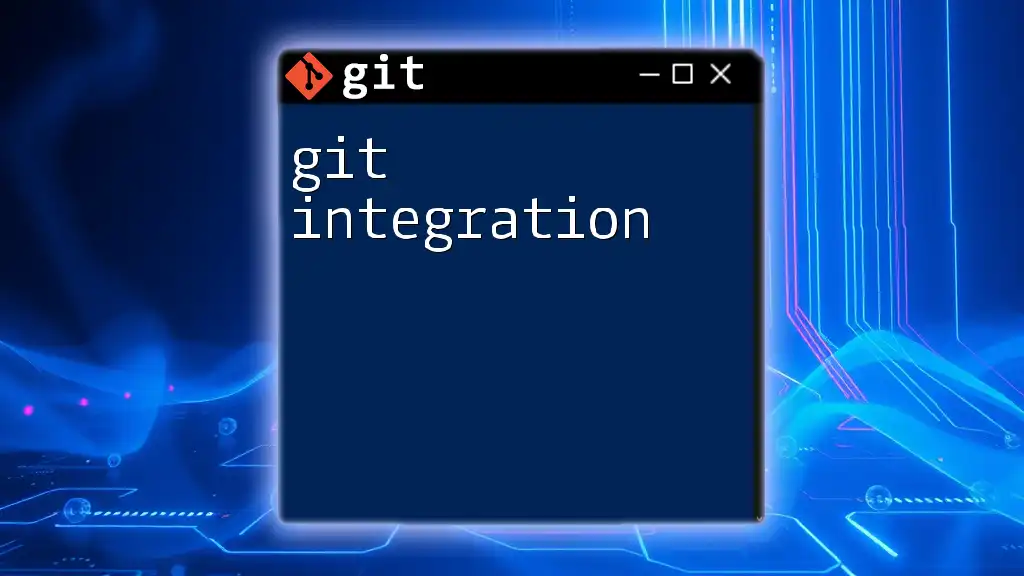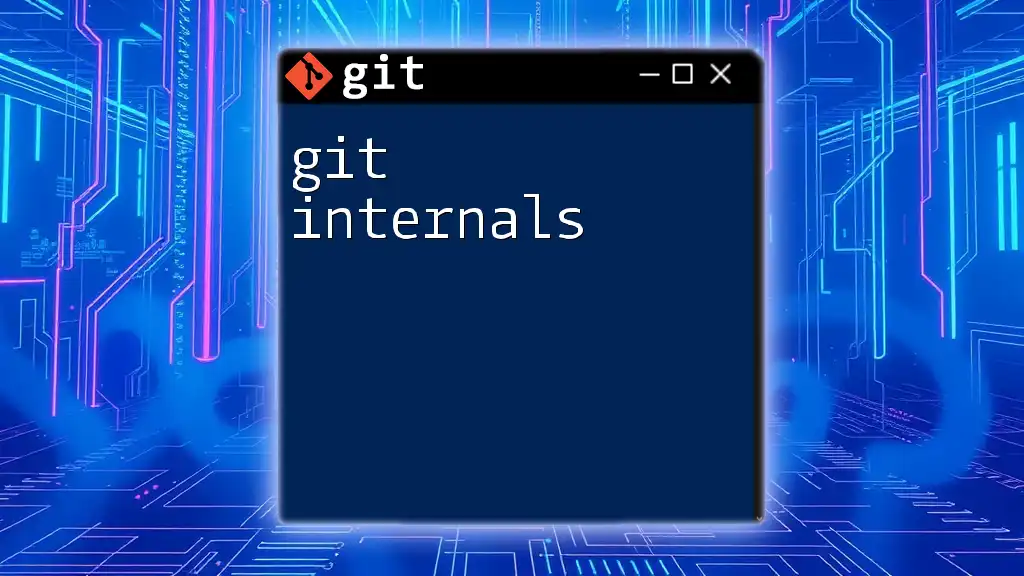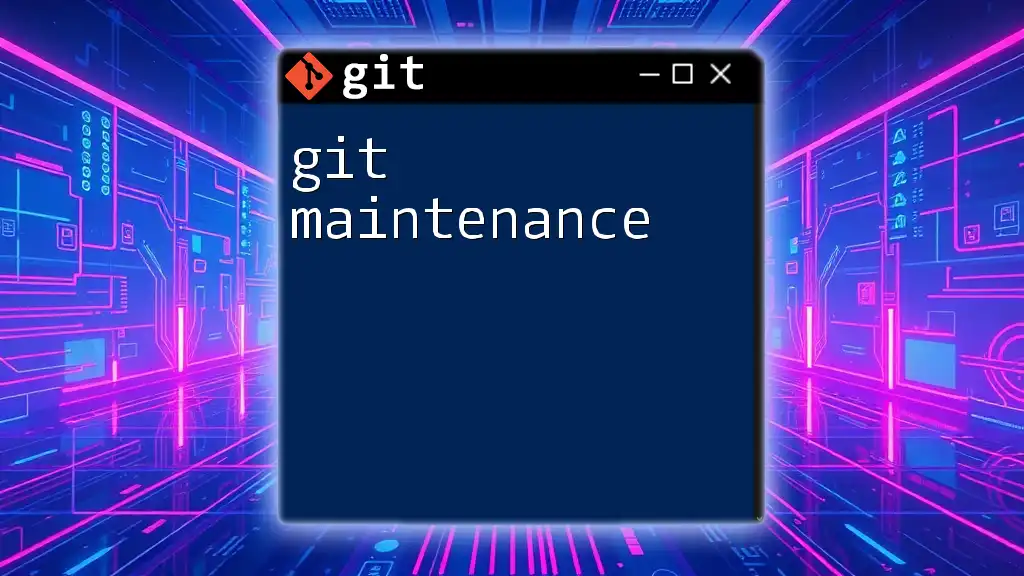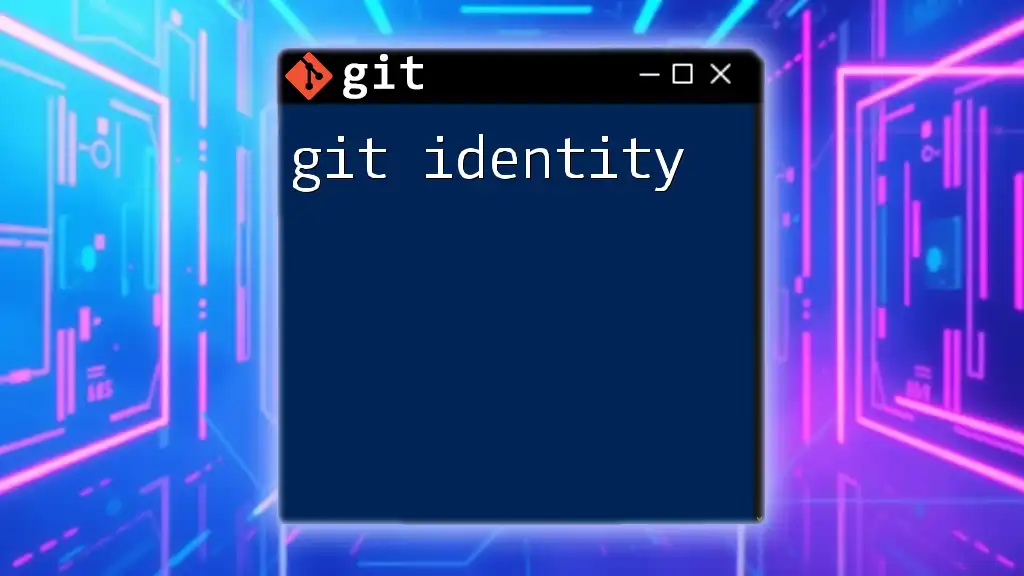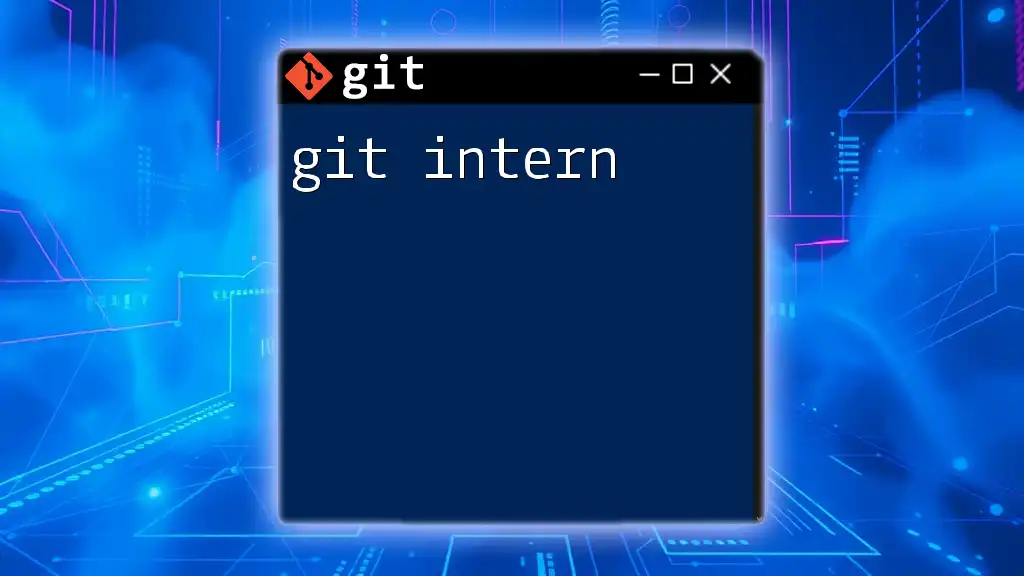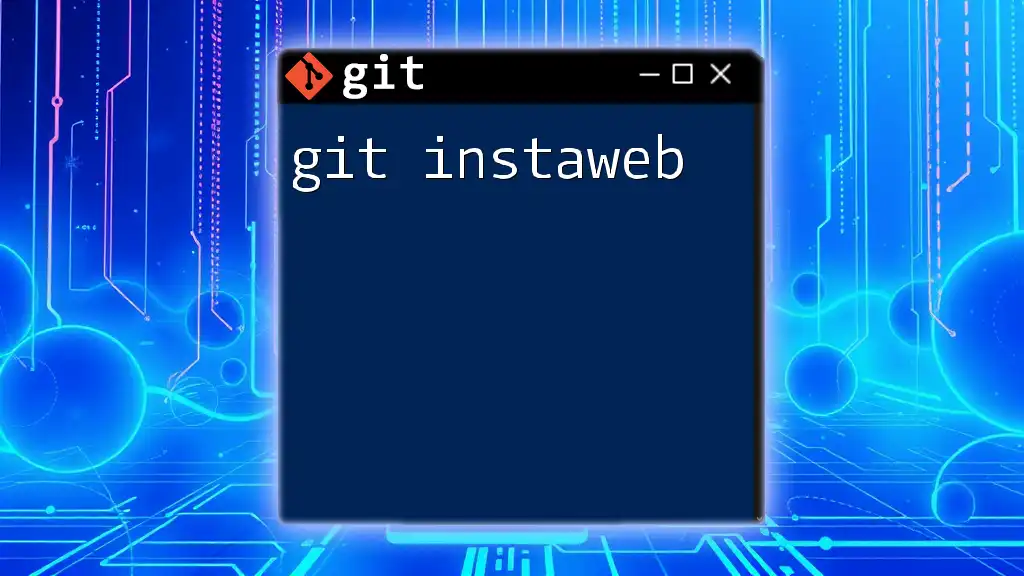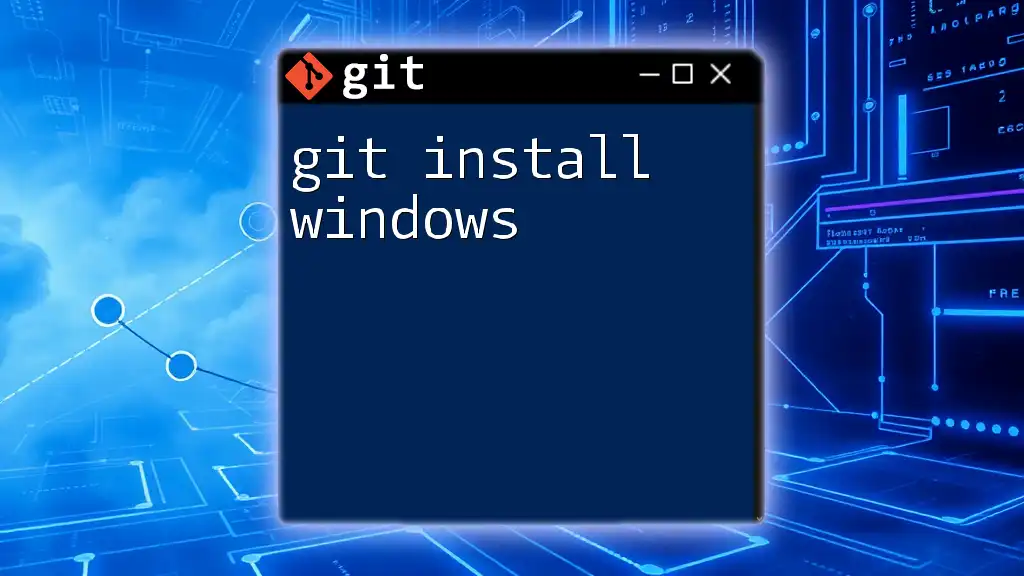The `git deinit` command is used to remove the local repository connection from a Git project, effectively converting it back to a regular directory while preserving the working tree and history.
git deinit
What is `git deinit`?
`git deinit` is a command used to remove the association between a directory and a Git repository. Essentially, it "deinitializes" a Git repository, allowing users to transition a project away from version control or to reset a project that was improperly set up. Understanding this command is fundamental for effective repository management, particularly for developers who frequently work with Git in various project environments.
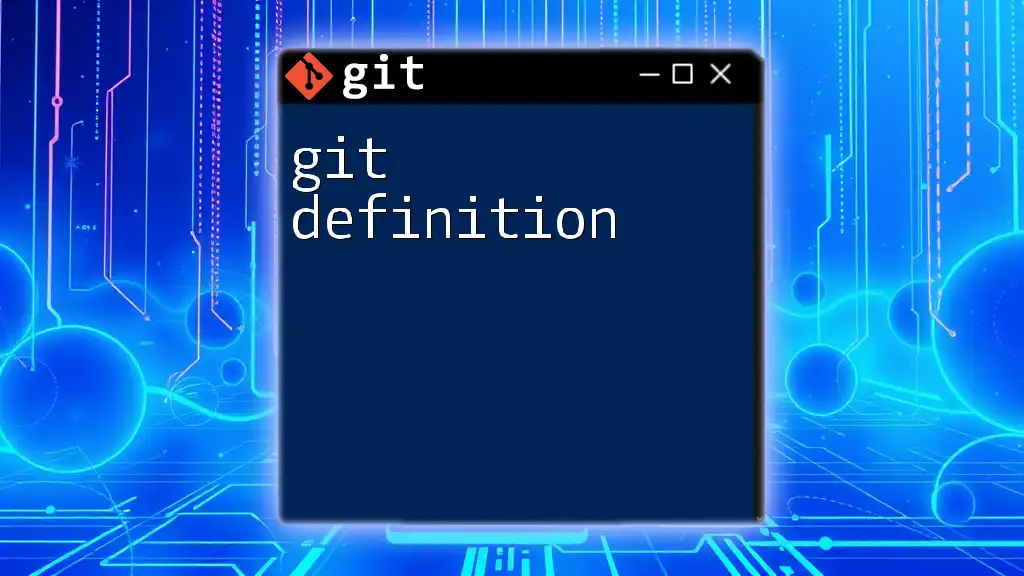
Understanding When to Use `git deinit`
Common Scenarios
There are several scenarios in which one might consider using `git deinit`:
-
Transition to Non-Git Managed Project: If you initially set up a Git repository for a project but later decide to manage it without version control, `git deinit` is your go-to command.
-
Cleanup and Resetting a Project: In cases where a project was incorrectly initialized, running `git deinit` can allow for a fresh start, free from the previous repository configurations.
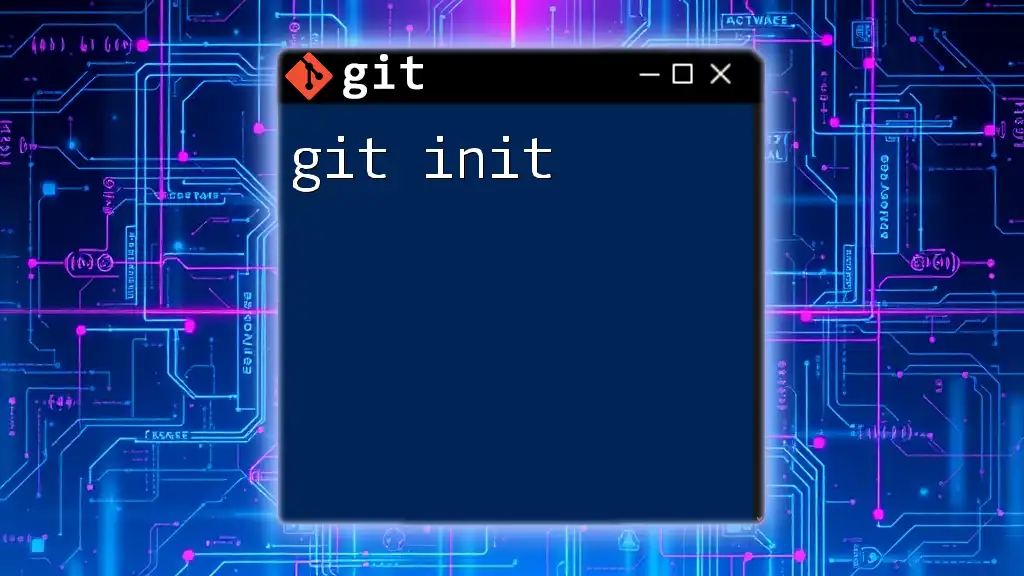
How `git deinit` Works
To effectively use `git deinit`, it’s essential to understand its functionality and its interactions with other Git commands. When executed, `git deinit` primarily targets the `.git` folder located in the project directory. This folder contains all the version history and configuration for the repository.
-
Impact on Working Directory: The command removes tracking information but does not delete the project files; the working directory remains intact.
-
Relationship with Other Commands: `git deinit` can be seen as complementary to `git init`, which initializes a repository. While `git init` starts version control for an existing directory, `git deinit` effectively ends it.
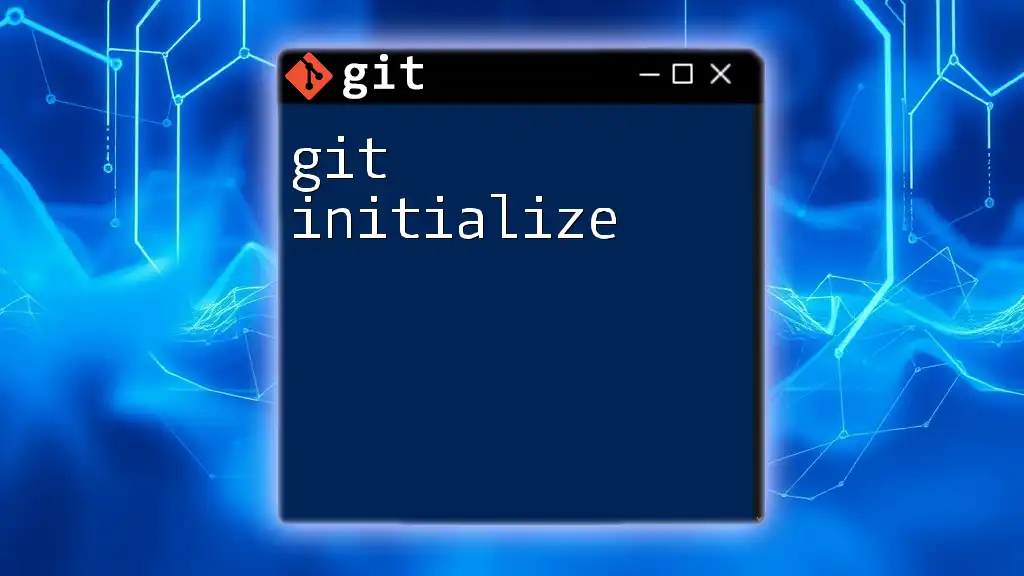
Syntax and Usage of `git deinit`
Basic Syntax
The syntax for using `git deinit` is as follows:
git deinit [options] [<path>]
Examples of Usage
-
Example 1: Basic deinitialization of the current repository:
git deinit -
Example 2: Deinitializing a specific directory:
git deinit path/to/repo
This flexibility in specifying the path allows users to target specific repositories conveniently.
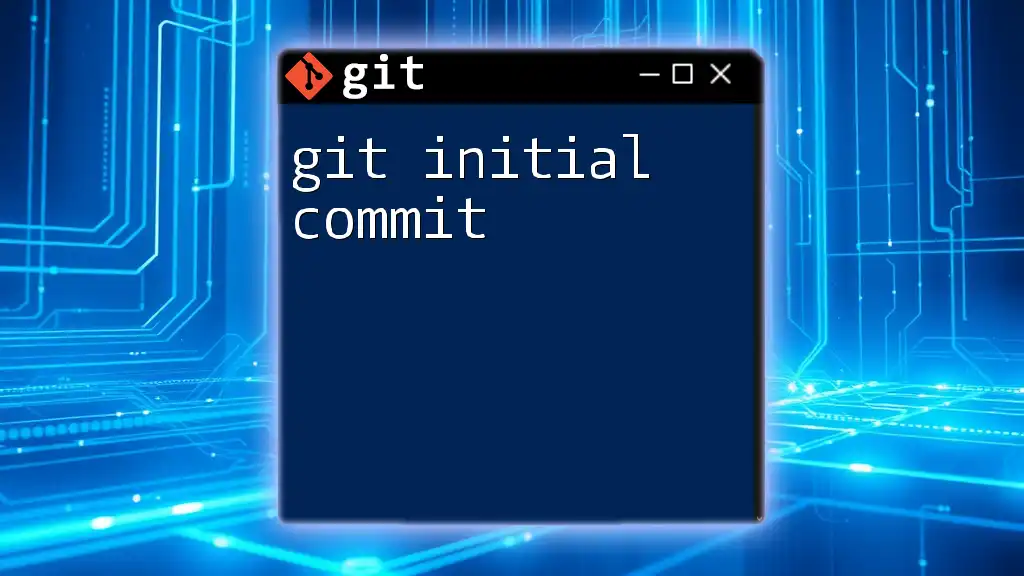
Options and Flags for `git deinit`
Overview of Available Options
`git deinit` comes with a few options that enhance its utility:
-
--local: This flag allows users to remove only the repository configuration while preserving the working directory and index.
-
--global: This flag is used to remove configurations that apply globally.
Example Usage
Understanding how each option works is crucial:
-
Removing Local Configuration:
git deinit --localThis command will effectively remove the Git settings for the current repository, leaving your files unchanged but no longer under version control.
-
Removing Global Configuration:
git deinit --globalWhen executed, this command will remove global configurations, which affect all your projects but require caution as it impacts your global Git settings.
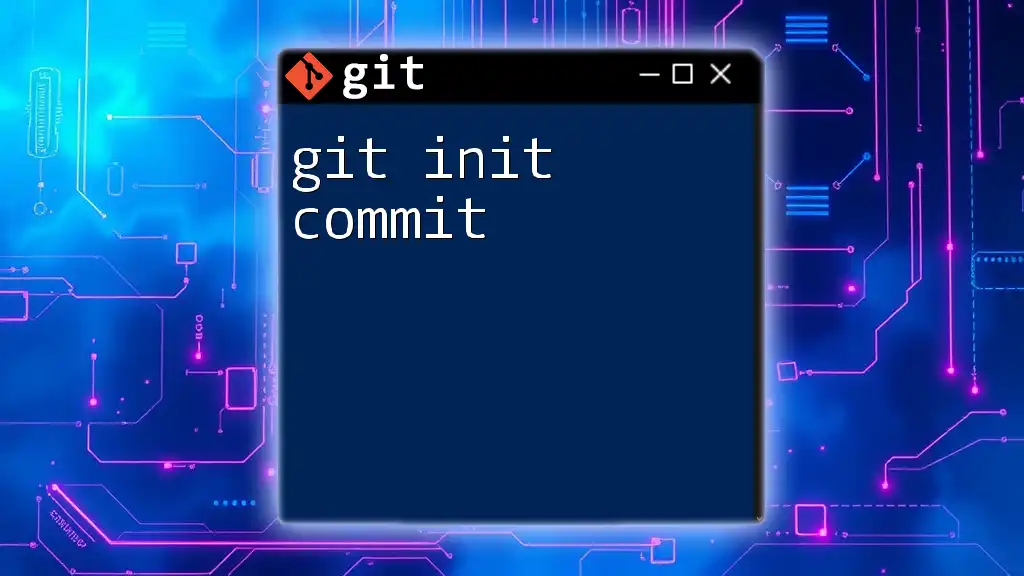
Consequences of Using `git deinit`
Using `git deinit` has significant consequences that users must understand:
-
Changes to Working Directory: While the command removes the Git repository details, your actual files and directories remain intact. This resilience means your local changes, commits, and branches will no longer be tracked by Git but preside physically in your file system.
-
Commit History: Before using `git deinit`, it’s crucial to remember that all commit histories will be deleted from the repository context. However, files are still accessible in their current state.
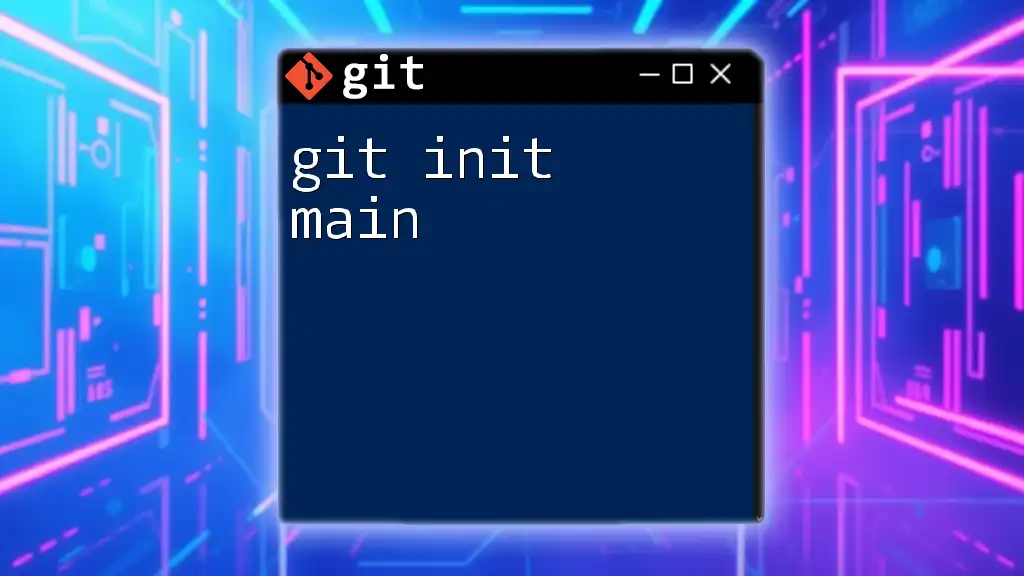
Reverse Operations: Recovering from `git deinit`
If you find yourself needing to recover from `git deinit`, there are steps you can take:
Recovering Local Changes
You can restore your project to a new Git repository by simply reinitializing it:
git init
This command establishes a new Git repository, allowing you to start fresh, preserving your files but losing previous commit history.
Restarting Git Workflow
To reintroduce Git version control, consider organizing your changes and committing them immediately. This reinitialization opens up a structured workflow again.
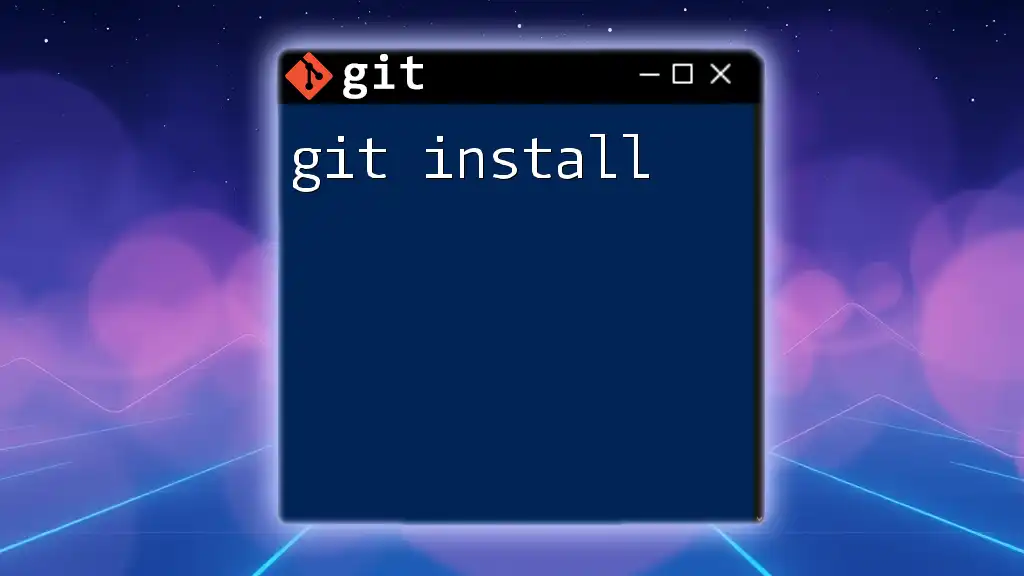
Best Practices for Using `git deinit`
There are some best practices to keep in mind when considering the use of `git deinit`:
-
Before Using the Command: Always ensure that you have a backup or have pushed your commits to a remote location if you wish to keep them.
-
When to Choose `git deinit`: Use `git deinit` when you are certain you no longer want the repository elements to manage your project. If you are looking to reset specific elements, other commands like `git reset` may be more appropriate.
-
Avoiding Common Pitfalls: Always double-check the directory you are targeting. Applying `git deinit` in the wrong directory can lead to unwanted loss of repository association.
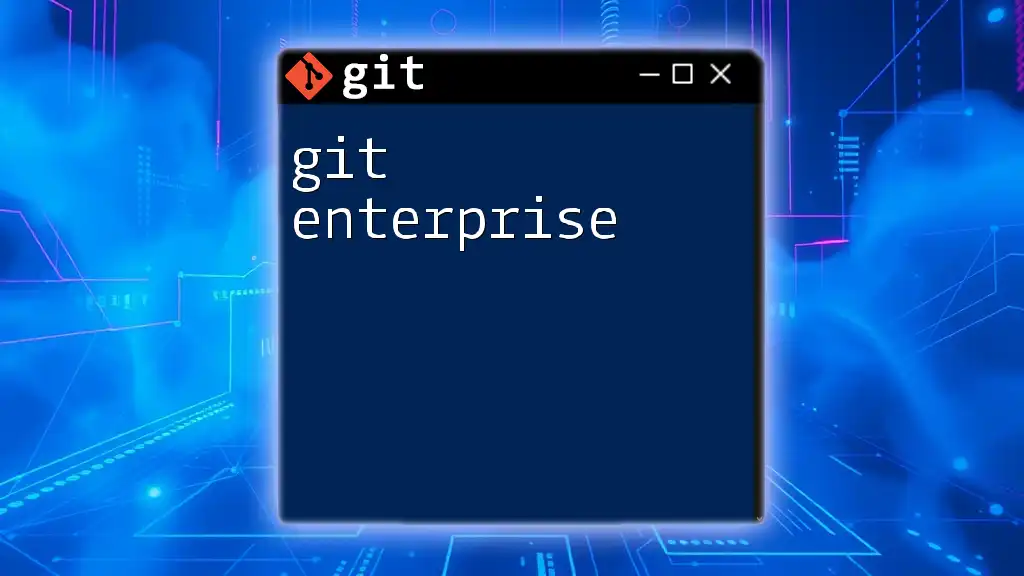
Conclusion
In summary, understanding `git deinit` is vital for anyone working with Git. This command allows for significant flexibility in managing project repositories, whether you are transitioning to a non-Git workflow or needing to reset an improperly configured project. By practicing the use of `git deinit`, you will enhance your capabilities in managing Git repositories effectively.

